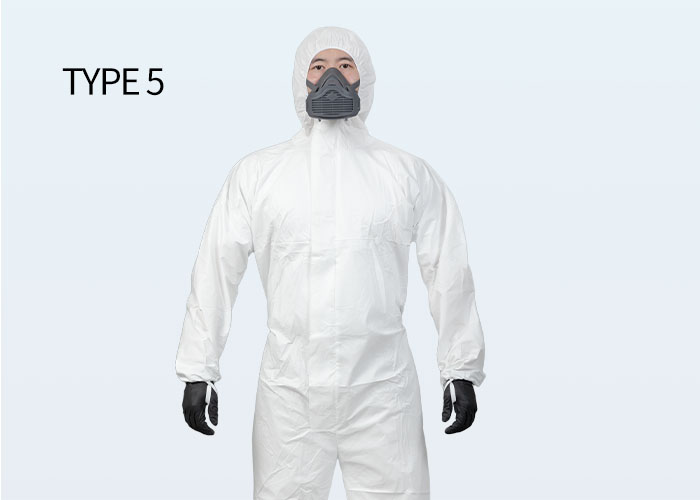What is fentanyl?
Fentanyl is a potent synthetic opioid widely used in the medical field as an analgesic and anesthetic. Fentanyl is 50-100 times more potent than morphine, making it an indispensable "life-saving drug" for cancer and surgical patients.
However, because of its potency and fast-acting nature, fentanyl has also become a major target for illicit drug use and abuse. It is now one of the major health threats in many countries.
The risks of abuse of fentanyl analogs are mainly in the following areas
● Respiratory Depression: an overdose of fentanyl analogs can lead to respiratory depression, which in severe cases can lead to respiratory arrest and death.
● Nervous System: Fentanyl abuse can lead to dizziness, blurred vision, nausea and vomiting. Prolonged use of these drugs can also cause cognitive impairment.
●Cardiovascular System: Abuse of fentanyl analogs may lead to severe cardiovascular depression, bradycardia and hypotension.
●Addiction and Dependence: Prolonged use of fentanyl analogs can lead to physical and psychological dependence, making it difficult for patients to quit.
The risk of exposure to fentanyl is not only present in illicit drug use scenarios, but law enforcement, emergency responders, and laboratory workers also face extremely high exposure risks when handling fentanyl or its contaminants.
Fentanyl is a fat-soluble compound that rapidly enters the blood system through the skin and mucous membranes. This efficient absorption property makes protective measures particularly important when handling fentanyl and its analogues.
The National Institute for Occupational Safety and Health (NIOSH) has developed specific protective guidelines for the risks of fentanyl exposure. It require the use of appropriate personal protective equipment (PPE) when handling or coming into contact with fentanyl. According to the guidelines, the following protective measures are recommended when handling or coming into contact with fentanyl:
● Hand protection: the hands are the most direct contact with fentanyl. Therefore, it is important that personnel wear fentanyl-resistant gloves when handling fentanyl and its contaminants. The use of two layers of gloves is also necessary to increase the effectiveness of protection.
●Respiratory protection: Use appropriate respiratory protective equipment such as N95 or even higher level respirators. This measure is to prevent inhalation of fentanyl particles.
●Eye protection: Protective eyewear or face shield is required when handling fentanyl.
●Body protection: In high-risk environments, it is potencial to wear protective clothing. Protective clothing is effective in preventing fentanyl from coming into contact with the skin.

The fentanyl crisis is intensifying. Providing effective protection for frontline personnel is highest priority.
KINGFA offers a wide range of protective equipment to ensure the safety of those involved. Visit ou online website to learn more!




